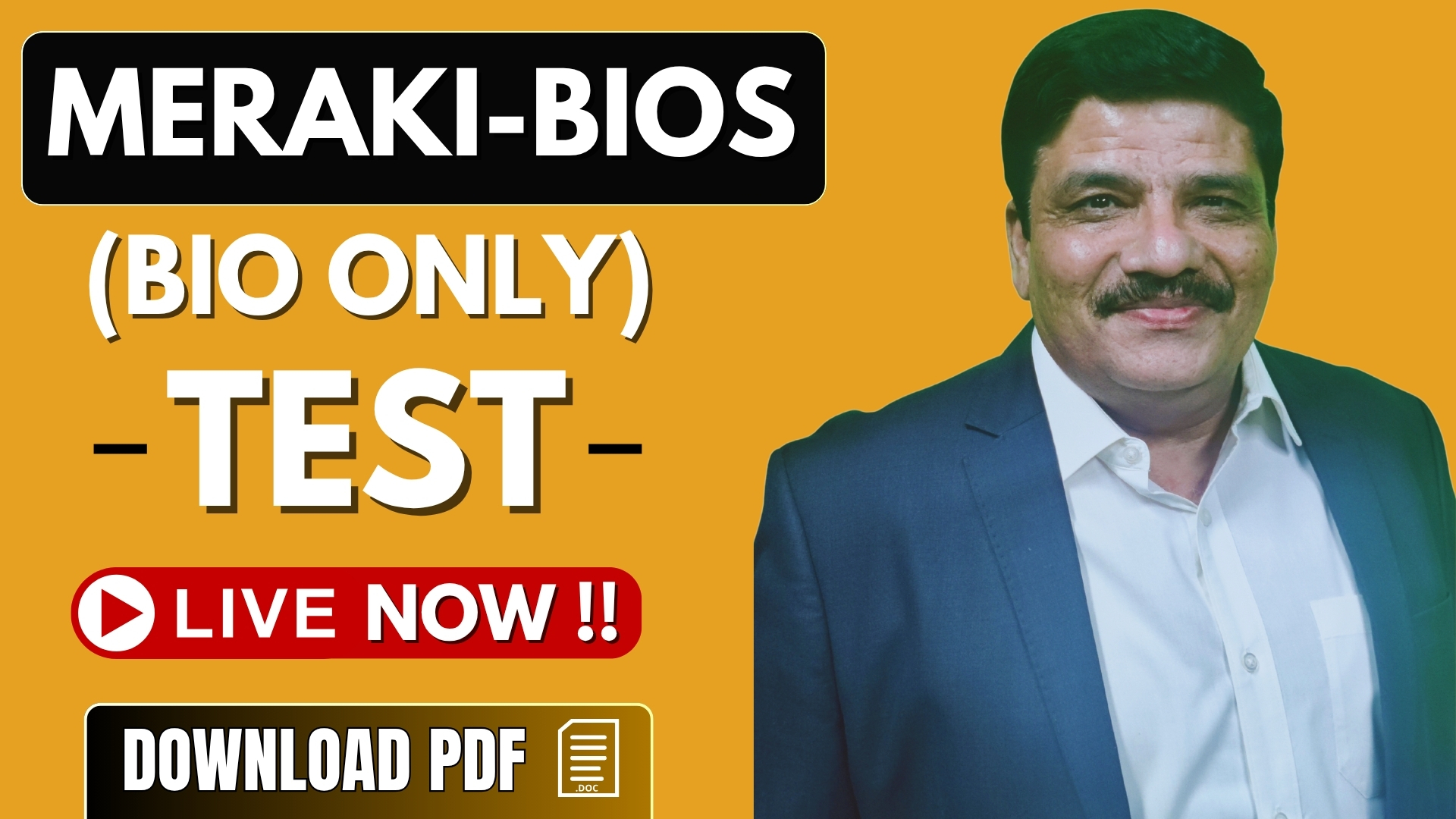Select Question Set:
In anaerobic organisms, the only process in respiration is:
1. EMP pathway
2. Hatch and Slack pathway
3. Tricarboxylic acid cycle
4. Calvin Benson cycle
Subtopic: Glycolysis |
90%
Level 1: 80%+
Please attempt this question first.
Hints
Please attempt this question first.
Sucrose is converted into glucose and fructose by the enzyme:
1. Lactase
2. Zymase
3. Diastase
4. Invertase
1. Lactase
2. Zymase
3. Diastase
4. Invertase
Subtopic: Glycolysis |
95%
Level 1: 80%+
Please attempt this question first.
Hints
Please attempt this question first.
The step in the glycolytic pathway where NADH + H+ is formed from NAD+ is when:
| 1. | fructose 1, 6-bisphosphate is split into dihydroxyacetone phosphate and 3-phosphoglyceraldehyde (PGAL) |
| 2. | 3-phosphoglyceraldehyde (PGAL) is converted to 1, 3-bisphosphoglycerate (BPGA) |
| 3. | BPGA is converted to 3-phosphoglyceric acid (PGA) |
| 4. | PEP is converted to pyruvic acid |
Subtopic: Glycolysis |
81%
Level 1: 80%+
Please attempt this question first.
Hints
Please attempt this question first.
The reaction 2 in the given figure is catalysed by the enzyme:
 1. Pyruvate decarboxylase
1. Pyruvate decarboxylase
2. Pyruvate kinase
3. Pyruvate dehydrogenase
4. Pyruvate synthetase
 1. Pyruvate decarboxylase
1. Pyruvate decarboxylase2. Pyruvate kinase
3. Pyruvate dehydrogenase
4. Pyruvate synthetase
Subtopic: Fermentation |
71%
Level 2: 60%+
Please attempt this question first.
Hints
During fermentation Yeasts poison themselves to death when the concentration of alcohol reaches about:
1. 5 percent
2. 13 per cent
3. 22 per cent
4. 44 per cent
1. 5 percent
2. 13 per cent
3. 22 per cent
4. 44 per cent
Subtopic: Fermentation |
97%
Level 1: 80%+
Please attempt this question first.
Hints
Please attempt this question first.
In aerobic respiration, passing on of the electrons removed as part of the hydrogen atoms to molecular O2 with simultaneous synthesis of ATP, is associated with:
1. Outer mitochondrial membrane
2. Inner mitochondrial membrane
3. Mitochondrial matrix
4. Cytosol
1. Outer mitochondrial membrane
2. Inner mitochondrial membrane
3. Mitochondrial matrix
4. Cytosol
Subtopic: Aerobic Respiration |
84%
Level 1: 80%+
Please attempt this question first.
Hints
Please attempt this question first.
Pyruvate, which is formed by the glycolytic catabolism of carbohydrates in the cytosol:
| 1. | undergoes oxidative decarboxylation in cytosol itself by a complex set of reactions catalysed by pyruvic kinase. |
| 2. | undergoes reduction in cytosol itself by a complex set of reactions catalysed by pyruvic dehydrogenase. |
| 3. | undergoes oxidative decarboxylation in mitochondrial matrix by a complex set of reactions catalysed by pyruvic dehydrogenase. |
| 4. | undergoes oxidative phosphorylation in mitochondrial matrix by a complex set of reactions catalysed by pyruvic decarboxylase. |
Subtopic: Aerobic Respiration |
76%
Level 2: 60%+
Please attempt this question first.
Hints
Please attempt this question first.
In the TCA cycle, a molecule of GTP is synthesised:
1. During the first oxidative decarboxylation reaction
2. During the second oxidative decarboxylation reaction
3. During the condensation of acetyl group with oxaloacetic acid (OAA) and water to yield citric acid
4. During the conversion of succinyl-CoA to succinic acid
1. During the first oxidative decarboxylation reaction
2. During the second oxidative decarboxylation reaction
3. During the condensation of acetyl group with oxaloacetic acid (OAA) and water to yield citric acid
4. During the conversion of succinyl-CoA to succinic acid
Subtopic: Kreb's Cycle |
90%
Level 1: 80%+
Please attempt this question first.
Hints
Please attempt this question first.
In the mitochondrial ETS, ubiquinone receives reducing equivalents from:
I: Complex I
II: Complex II
III: Complex III
IV: Complex IV
1. Only I and II
2. Only III and IV
3. Only I, II and III
4. Only II, III and IV
I: Complex I
II: Complex II
III: Complex III
IV: Complex IV
1. Only I and II
2. Only III and IV
3. Only I, II and III
4. Only II, III and IV
Subtopic: ETS |
81%
Level 1: 80%+
Please attempt this question first.
Hints
Please attempt this question first.
Which of the following is the complex III of the mitochondrial ETS?
1. NADH dehydrogenase
2. Succinic dehydrogenase
3. Cytochrome bc1 complex
4. Cytochrome c oxidase
1. NADH dehydrogenase
2. Succinic dehydrogenase
3. Cytochrome bc1 complex
4. Cytochrome c oxidase
Subtopic: ETS |
90%
Level 1: 80%+
Please attempt this question first.
Hints
Please attempt this question first.
Select Question Set:






